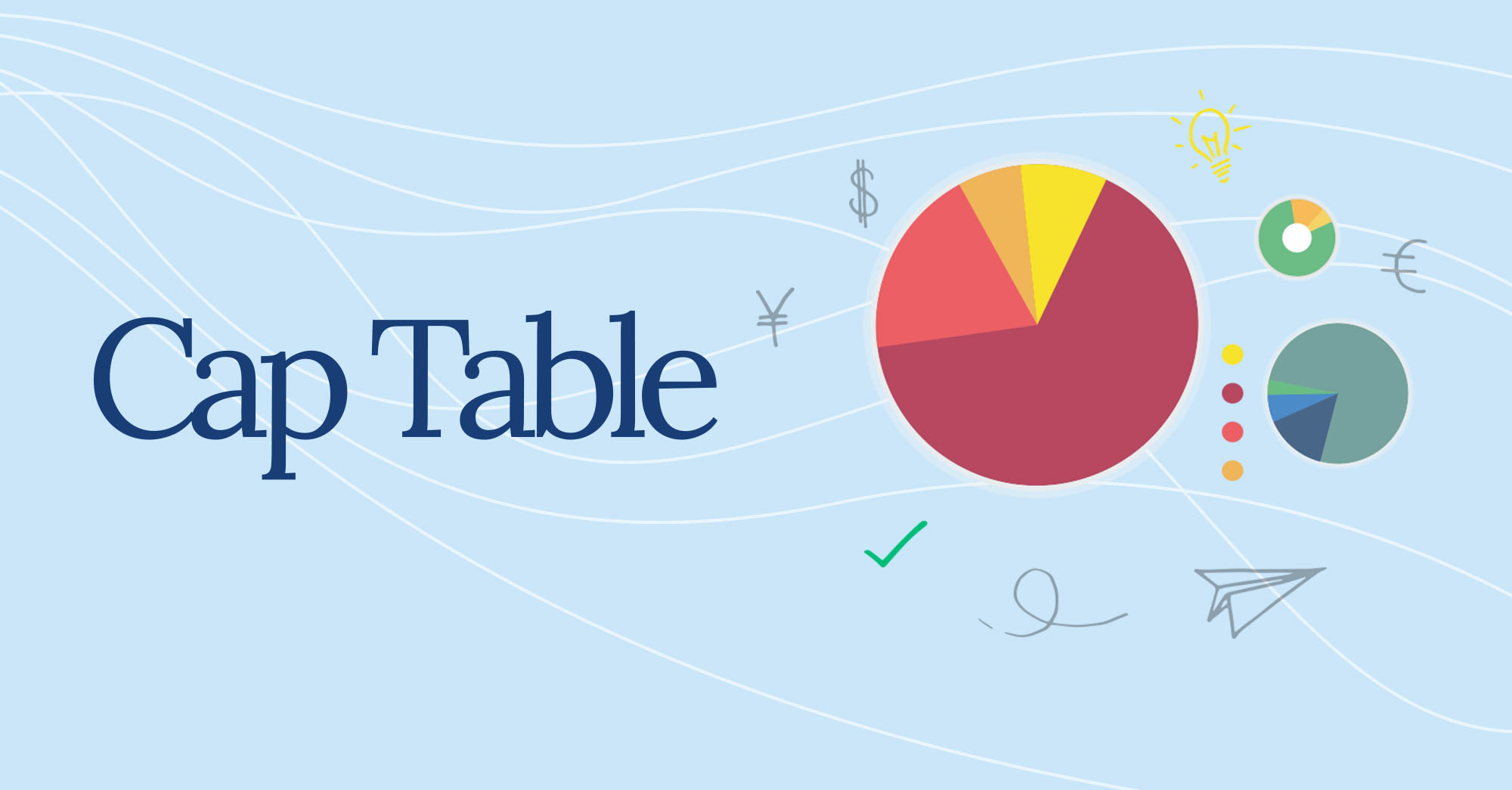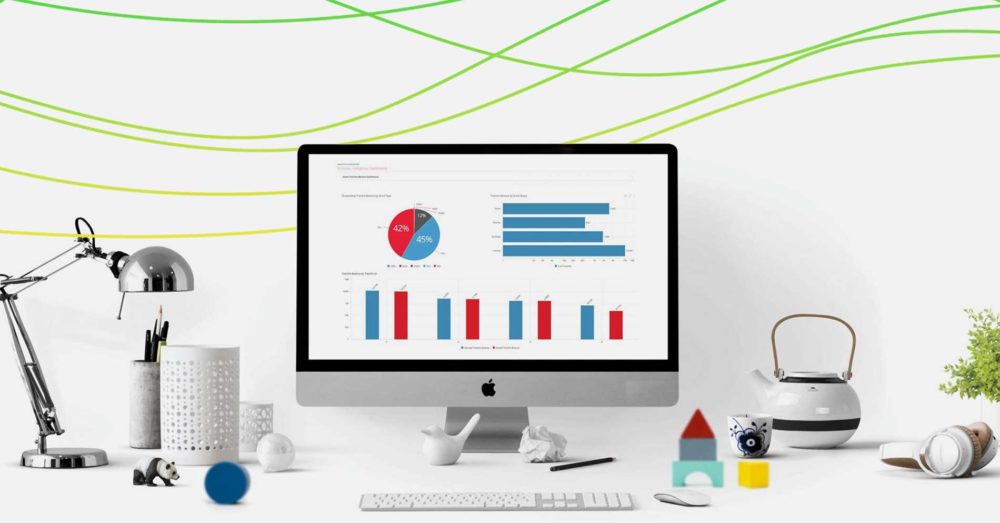A cap table is a capitalization table.
Oh, sorry, were you looking for more? Were you looking for what a cap table is, why you need it, and why it could very well be the single most important part of your startup? If so, you came to the right place. Below, we’ve answered the three most common questions we hear from new entrepreneurs and founders about cap tables.
What is a cap table?
A cap table is simply a document that records the answers to two simple questions: who and how much. Who has ownership in your company, and how much do they each own. When a company is young, and at its most basic, a cap table is often an Excel spreadsheet, with assorted documents attached. Which is fine to start with. But if the cap table isn’t quickly transformed into something more dynamic and accurate, then the young startup is most likely doomed to stay young and basic.
That’s because you don’t just need a cap table – you need an accurate, reliable, and dynamic cap table. But before we get into that, let’s look at why you need a cap table in the first place.
Why do I need a cap table?
Of course, you need a cap table. Startups don’t generate much money for quite some time, so share ownership is the most valuable asset you can offer when fundraising. When an investor invests in you, they want shares in return. When you give them shares, you need to record how many shares you have distributed, whom you have distributed them to, and how much each share and share ownership is worth.
Each new round of investments and share ownership has an effect on the existing share ownership – it changes the valuation and dilution. With each round, and each new investor, the share ownership starts becoming more and more complex – not to mention, legally binding. If you don’t have a cap table, you can’t do this. Period.
Why is a cap table important?
If your startup ever wants to get funded – and it does – you don’t just need a cap table. You need a strong cap table. When an investor looks at a startup as a prospective investment, the first thing they will do is ask to look at the cap table. You can have the best idea, the best branding, the most exciting business plan that Silicon Valley has ever seen – it won’t matter if you have a bad cap table. Why do investors care so much?
Well, it tells them two things. A clean and precise cap table demonstrates a professional attitude toward the business. But more importantly, the cap table shows the investor how the ownership is distributed and/or diluted – which directly affects their potential return on investment, and the sustainability of your company.
How good an investment you are – that’s pretty important to a person whose job title is literally: investor.
Hopefully, this overview has impressed on you the importance of cap tables, and why you can’t afford to wait. Any mistakes that currently exist in your cap table are only going to get much larger, and much more financially crippling to fix. And that’s if they are even an issue that can be fixed. If you take a bad investment offer, for example, you can’t fix that.
But there’s good news, and it’s because of cap tables. A great cap table management software tool will let you model scenarios of different investments, so you can choose the best offer. It will give you the most professional looking cap table possible and will reassure investors that your share ownership is accurate.
To read more about Cap Table Management and how we can help you, please click here.
Contact Global Shares for a no-commitment demo of our cap table management software today.
Please Note: This publication contains general information only and Global Shares is not, through this article, issuing any advice, be it legal, financial, tax-related, business-related, professional or other. The Global Shares Academy is not a substitute for professional advice and should not be used as such. Global Shares does not assume any liability for reliance on the information provided herein.








